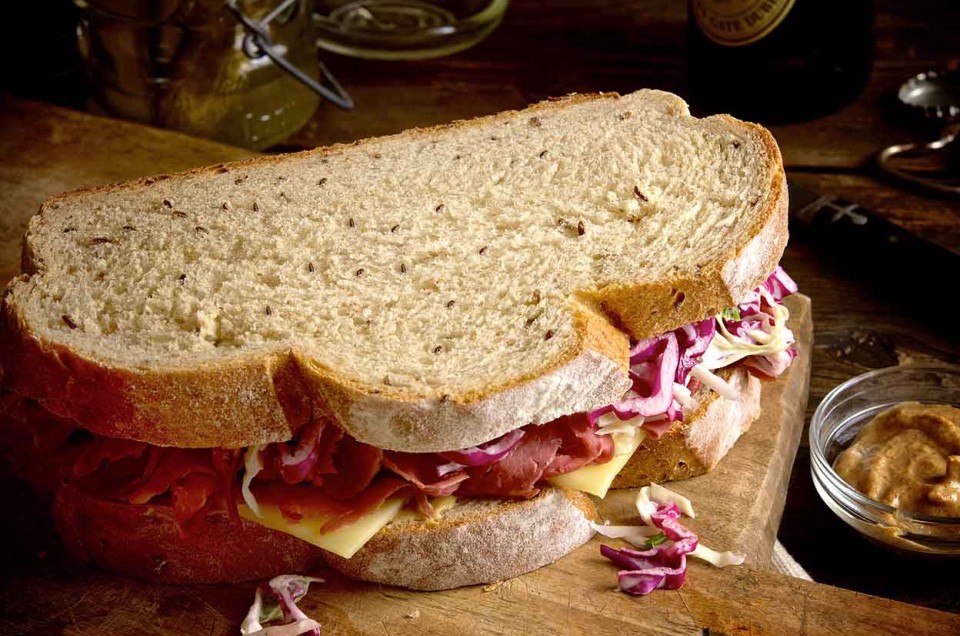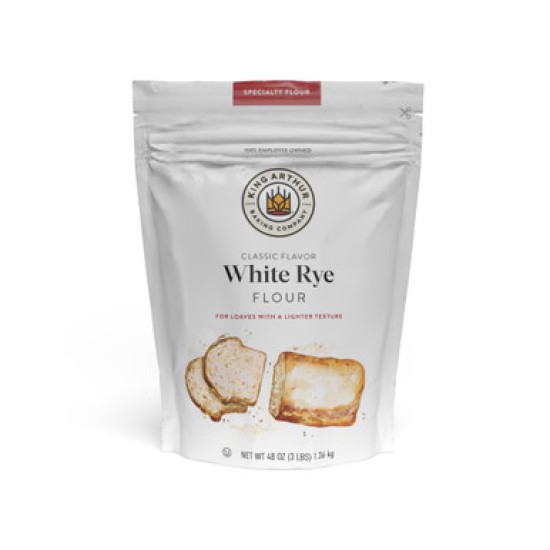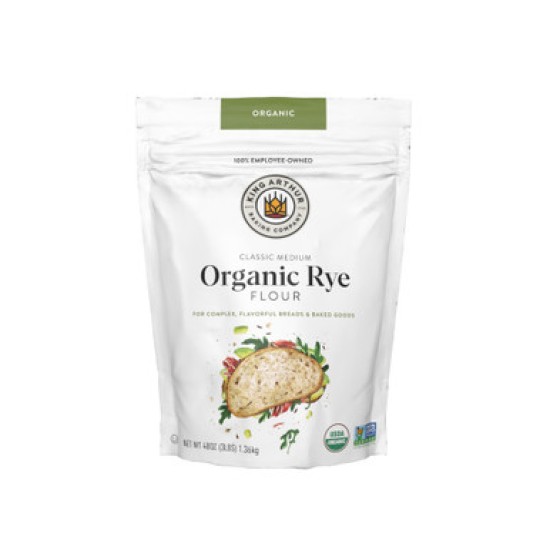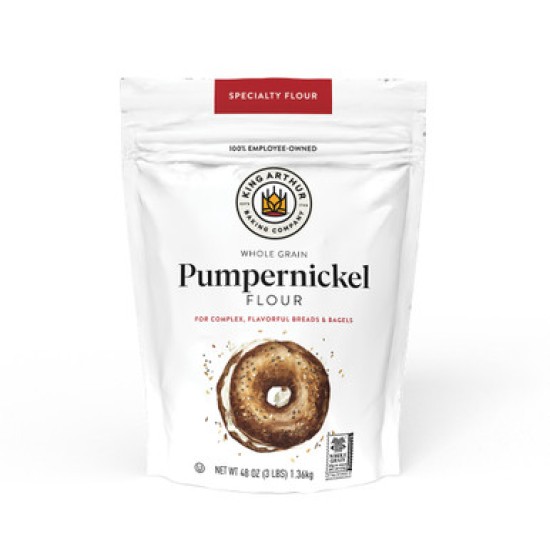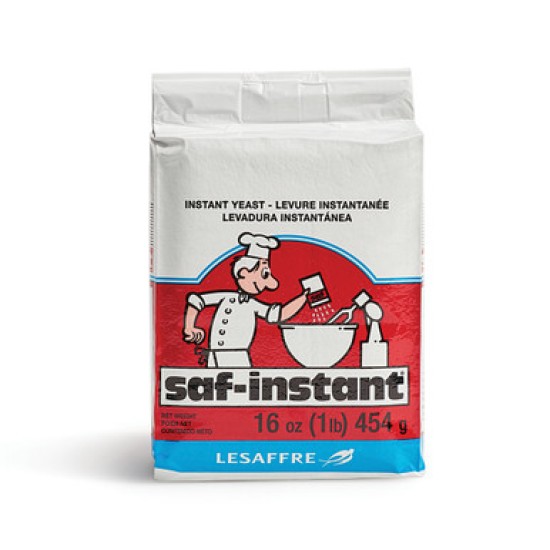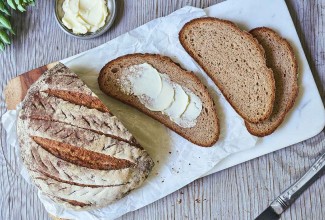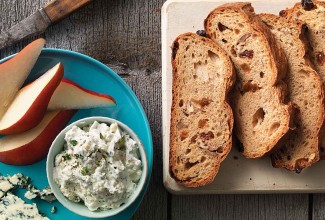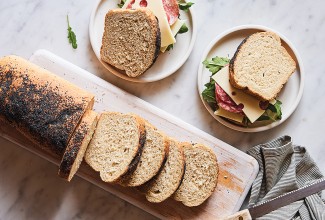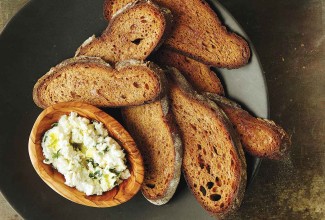-
Weigh your flour; or measure it by gently spooning it into a cup, then sweeping off any excess. In a medium-sized mixing bowl or the bowl of your stand mixer, combine the water, sugar, rye flour and yeast, mixing to form a soft batter. Let the mixture rest for 20 minutes; this allows the rye flour to absorb some of the liquid, making the dough easier to knead.
-
Add the remaining ingredients, and mix and knead the dough together — by hand, mixer or bread machine — until it's fairly smooth. The nature of rye dough is to be sticky, so don't be tempted to add too much flour.
-
Place the dough in an oiled bowl or large (8-cup) measure, cover, and let it rise until noticeably puffy, 60 to 90 minutes.
-
Gently deflate the dough, knead it briefly, and shape it into two smooth oval or round loaves; or one long oval loaf. Place them on a lightly greased or parchment-lined baking sheet.
-
Cover the loaves, and let them rise until they're noticeably puffy, about 90 minutes. Towards the end of the rise, preheat the oven to 350°F.
-
Just before they go into the oven, spritz the loaves with water, and slash them about 1/2" deep. The oval loaves look good with one long, vertical slash; the rounds, with two or three shorter slashes across the top.
-
Bake the loaves for 35 to 40 minutes, or until an instant-read thermometer inserted into the center reads 205°F to 210°F. The single, larger loaf will bake for 45 to 50 minutes. If the bread appears to be browning too quickly, tent it lightly with foil after 25 minutes of baking.
-
Remove the loaves from the oven, and transfer them to a rack. While still warm, brush them with melted butter, if desired; this will keep their crust soft.
